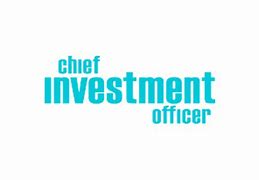
Wall Street Journal’s Recent Coverage of Harvard’s Bitcoin Bet and MPI
The Wall Street Journal cited MPI’s comparative analysis of Ivy and peer endowment performance and linked to MPI’s Transparency Lab in a December 2, 2025 article, “Harvard’s Big Wager on Bitcoin Came Right Before the Bust,” which examined Harvard’s recent bitcoin investments and how its returns stack up against other leading universities.





